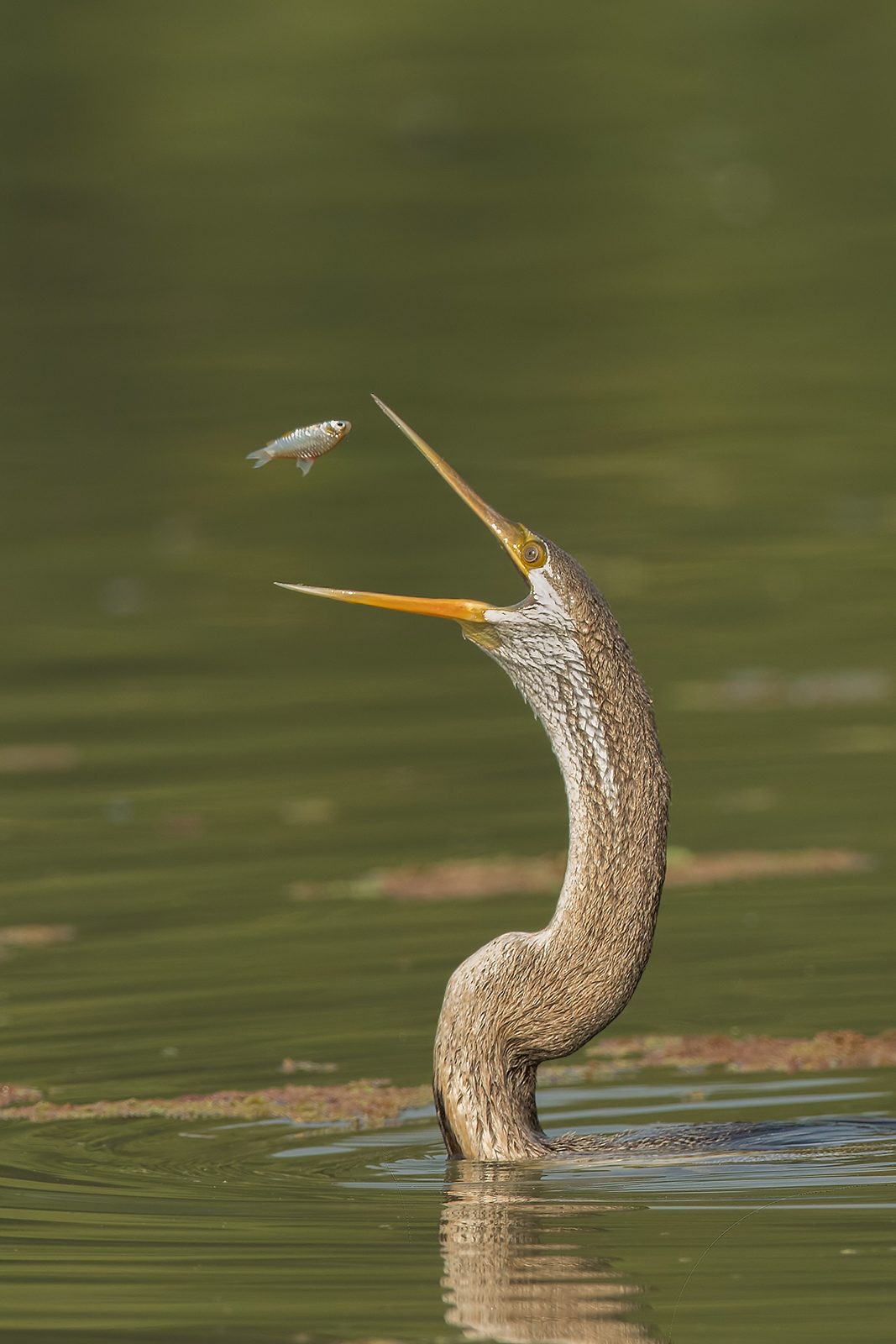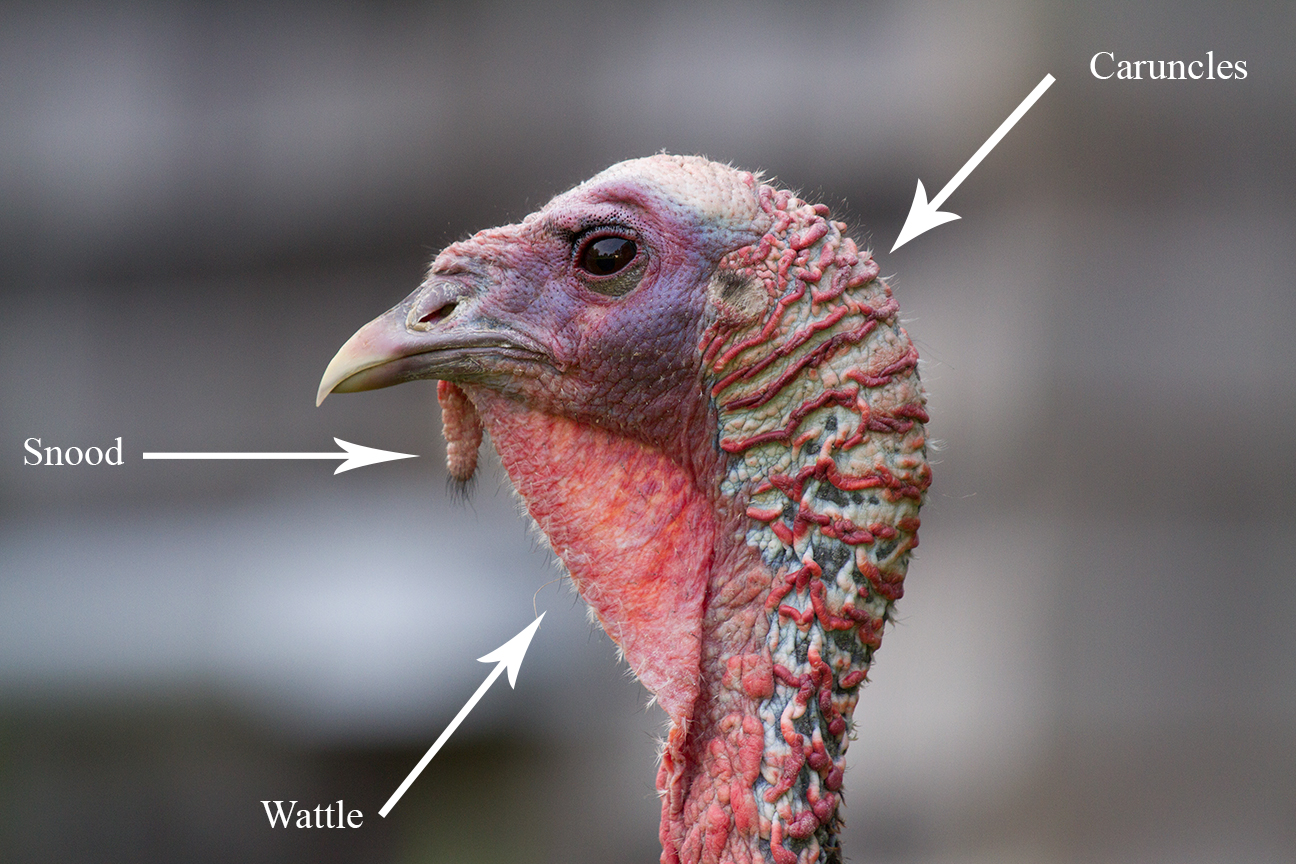|
Darters
The darters, anhingas, or snakebirds are mainly tropical waterbirds in the family Anhingidae, which contains a single genus, ''Anhinga''. There are four living species, three of which are very common and widespread while the fourth is rarer and classified as near-threatened by the IUCN. The term ''snakebird'' is usually used without any additions to signify whichever of the completely allopatric species occurs in any one region. It refers to their long thin neck, which has a snake-like appearance when they swim with their bodies submerged, or when mated pairs twist it during their bonding displays. "Darter" is used with a geographical term when referring to particular species. It alludes to their manner of procuring food, as they impale fishes with their thin, pointed beak. The American darter (''A. anhinga'') is more commonly known as the anhinga. It is sometimes called "water turkey" in the southern United States; though the anhinga is quite unrelated to the wild turke ... [...More Info...] [...Related Items...] OR: [Wikipedia] [Google] [Baidu] |
Anhinga Melanogaster
The Oriental darter (''Anhinga melanogaster'') is a water bird of tropical South Asia and Southeast Asia. It has a long and slender neck with a straight, pointed bill and, like the cormorant, it hunts for fish while its body is submerged in water. It spears a fish underwater, bringing it above the surface, tossing and juggling it before swallowing the fish head first. The body remains submerged as it swims, and the slender neck alone is visible above the water, which accounts for the colloquial name of snakebird. Like the cormorants, it has wettable feathers and it is often found perched on a rock or branch with its wings held open to dry. Description The Oriental darter is like all other anhingas, a cormorant-like species that has a very long neck. The structure of the neck is as in other species of darter with strongly developed muscles about a kink in the neck at the 8th and 9th vertebrae that allows it to be flexed and darted forward with rapid force to stab fish underwater. ... [...More Info...] [...Related Items...] OR: [Wikipedia] [Google] [Baidu] |
Australasian Darter
The Australasian darter or Australian darter (''Anhinga novaehollandiae'') is a species of bird in the darter family, Anhingidae. It is found in Australia, Indonesia, and Papua New Guinea. It weighs around 2.6 kg and spans 86–94 cm (34–37 in) in length. Taxonomy John Gould described the Australasian darter as ''Plotus novaehollandiae'' in 1847. Closely related to American (''Anhinga anhinga''), African (''Anhinga rufa''), and Oriental (''Anhinga melanogaster'') darters, the Australasian darter has been classed as a subspecies of the African or African plus Oriental darters. All four have also been classed as a single species. Examination of the leg bones indicates the three Old World species are more closely related to each other with the American species more divergent. Genetic analysis showed it differed from ''A. rufa'' to a degree equivalent to that between other separate species, and shifted consensus to treating the Australasian darter as a separate sp ... [...More Info...] [...Related Items...] OR: [Wikipedia] [Google] [Baidu] |
Anhinga Novaehollandiae
The Australasian darter or Australian darter (''Anhinga novaehollandiae'') is a species of bird in the darter family, Anhingidae. It is found in Australia, Indonesia, and Papua New Guinea. It weighs around 2.6 kg and spans 86–94 cm (34–37 in) in length. Taxonomy John Gould described the Australasian darter as ''Plotus novaehollandiae'' in 1847. Closely related to Anhinga, American (''Anhinga anhinga''), African darter, African (''Anhinga rufa''), and Oriental darter, Oriental (''Anhinga melanogaster'') darters, the Australasian darter has been classed as a subspecies of the African or African plus Oriental darters. All four have also been classed as a single species. Examination of the leg bones indicates the three Old World species are more closely related to each other with the American species more divergent. Genetic analysis showed it differed from ''A. rufa'' to a degree equivalent to that between other separate species, and shifted consensus to treating th ... [...More Info...] [...Related Items...] OR: [Wikipedia] [Google] [Baidu] |
Early Miocene
The Early Miocene (also known as Lower Miocene) is a sub-epoch of the Miocene Epoch made up of two stages: the Aquitanian and Burdigalian stages. The sub-epoch lasted from 23.03 ± 0.05 Ma to 15.97 ± 0.05 Ma (million years ago). It was preceded by the Oligocene epoch. As the climate started to get cooler, the landscape started to change. New mammals evolved to replace the extinct animals of the Oligocene epoch. The first members of the hyena and weasel family started to evolve to replace the extinct '' Hyaenodon'', entelodonts and bear-dogs. The chalicotheres survived the Oligocene epoch. A new genus of entelodont called '' Daeodon'' evolved in order to adapt to the new habitats and hunt the new prey animals of the Early Miocene epoch; it quickly became the top predator of North America. But it became extinct due to competition from ''Amphicyon ''Amphicyon'' ("ambiguous dog") is an extinct genus of large carnivorous bone-crushing mammals, popularly known as bear dogs ... [...More Info...] [...Related Items...] OR: [Wikipedia] [Google] [Baidu] |
Family (biology)
Family ( la, familia, plural ') is one of the eight major hierarchical taxonomic ranks in Linnaean taxonomy. It is classified between order and genus. A family may be divided into subfamilies, which are intermediate ranks between the ranks of family and genus. The official family names are Latin in origin; however, popular names are often used: for example, walnut trees and hickory trees belong to the family Juglandaceae, but that family is commonly referred to as the "walnut family". What belongs to a family—or if a described family should be recognized at all—are proposed and determined by practicing taxonomists. There are no hard rules for describing or recognizing a family, but in plants, they can be characterized on the basis of both vegetative and reproductive features of plant species. Taxonomists often take different positions about descriptions, and there may be no broad consensus across the scientific community for some time. The publishing of new data and opi ... [...More Info...] [...Related Items...] OR: [Wikipedia] [Google] [Baidu] |
Wild Turkey The wild turkey (''Meleagris gallopavo'') is an upland ground bird native to North America, one of two extant species of turkey and the heaviest member of the order Galliformes. It is the ancestor to the domestic turkey, which was originally derived from a southern Mexican subspecies of wild turkey (not the related ocellated turkey). Description Adult wild turkeys have long reddish-yellow to grayish-green legs. The body feathers are generally blackish and dark, sometimes grey brown overall with a coppery sheen that becomes more complex in adult males. Adult males, called toms or gobblers, have a large, featherless, reddish head, red throat, and red wattles on the throat and neck. The head has fleshy growths called caruncles. Juvenile males are called jakes; the difference between an adult male and a juvenile is t |


